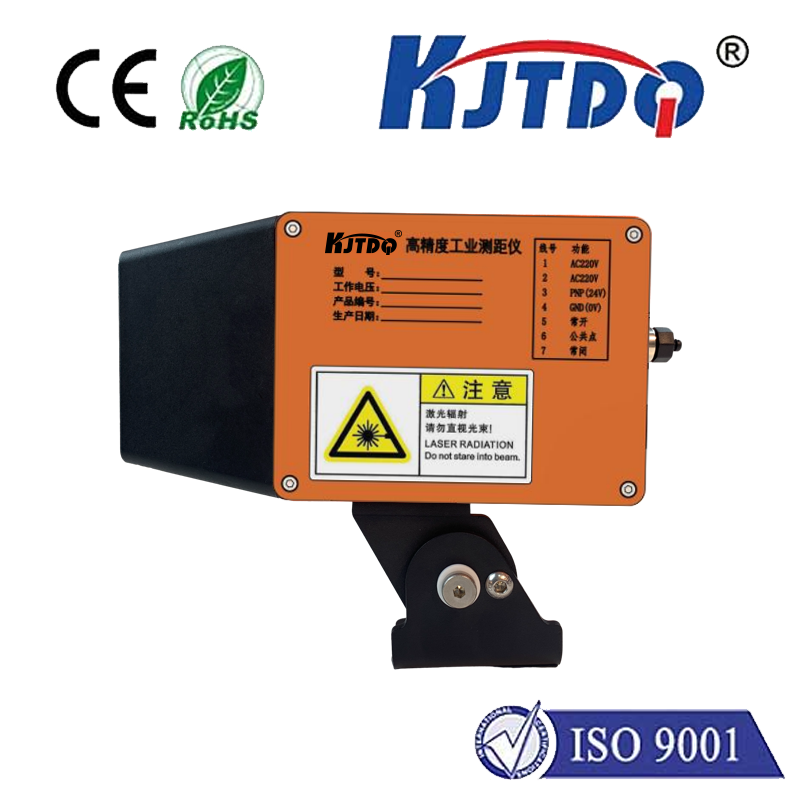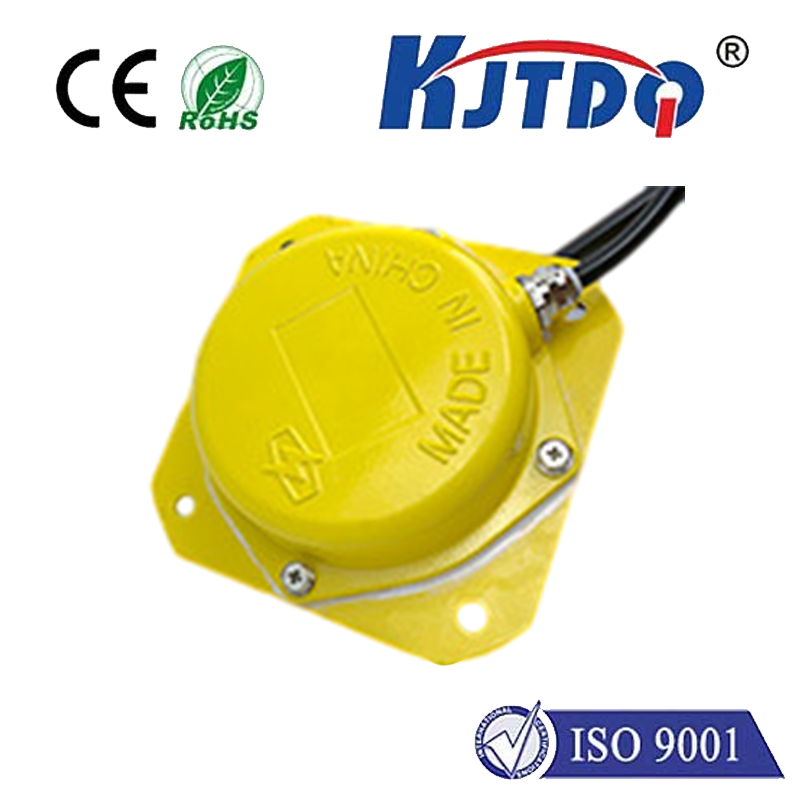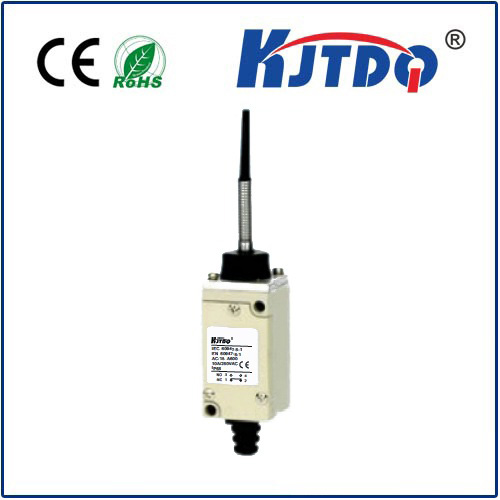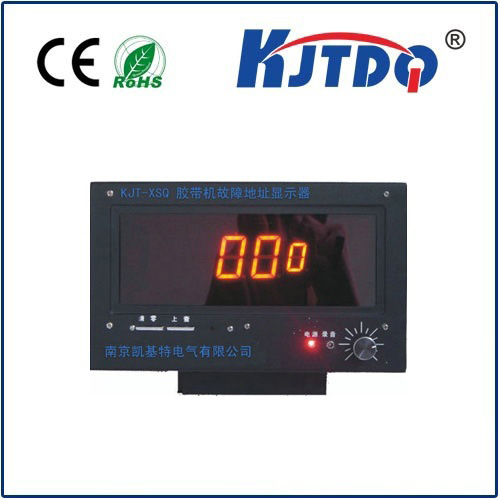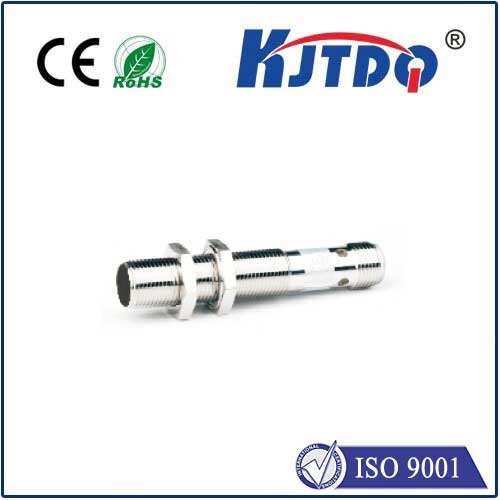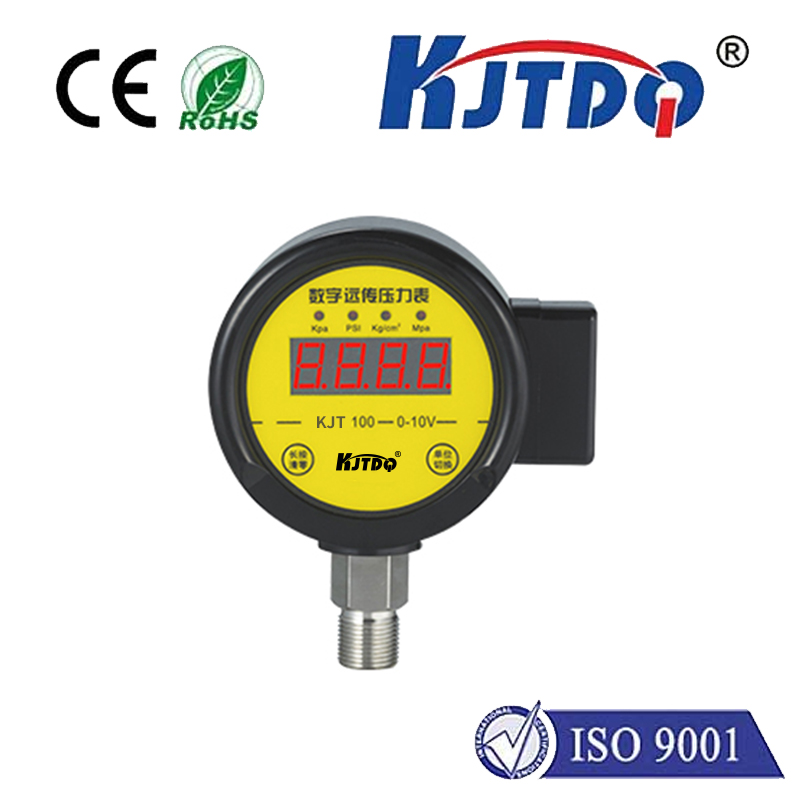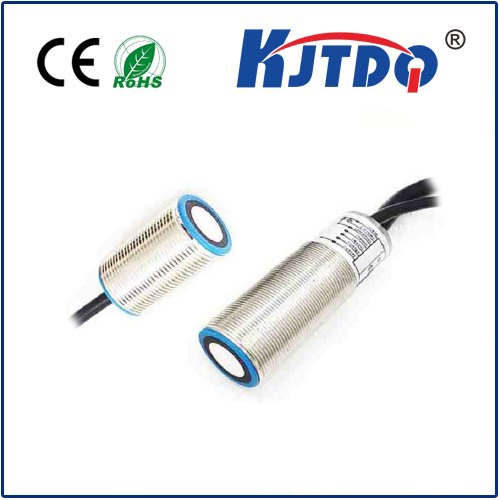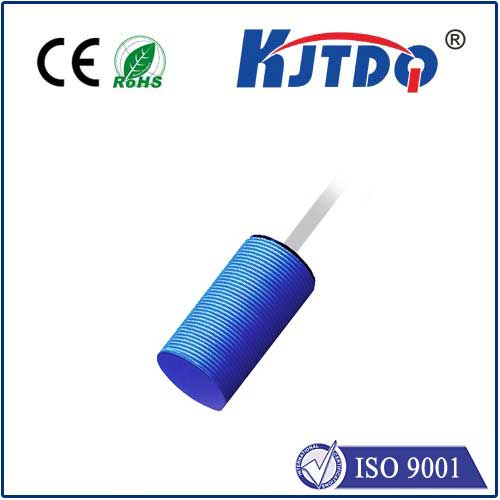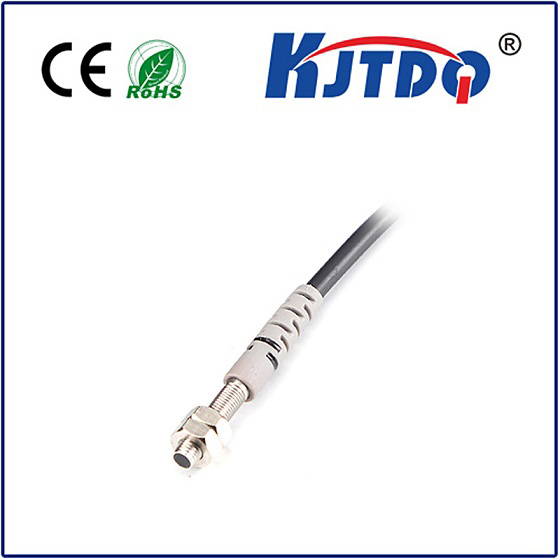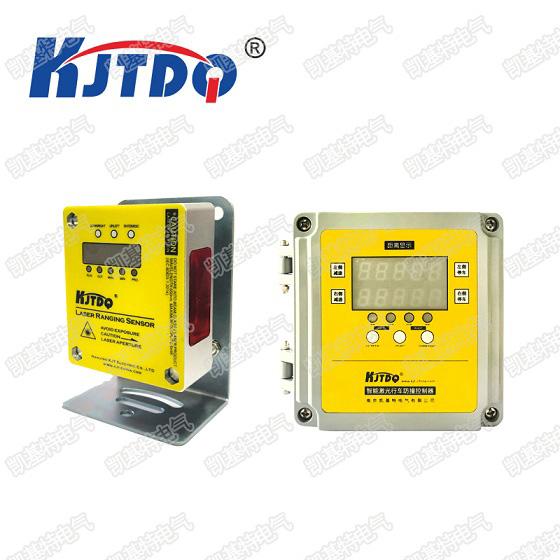
check

check

check

check
In the rapidly evolving realm of industrial automation, the limit sensor switch stands as a testament to ingenuity and efficiency. This unassuming component plays a pivotal role in ensuring precision, safety, and reliability across myriad applications. But what exactly is a limit sensor switch, and why is it indispensable in today’s technological landscape? Let’s delve into the details.
At its core, a limit sensor switch is a device designed to detect the physical position of an object or the presence of an entity within a specific range. Acting as an interface between the mechanical and electronic worlds, it converts physical movements into electrical signals that can be interpreted by control systems. These switches are typically activated by the movement of a mechanism or an external force, triggering a change in state—usually from open to closed circuit or vice versa.
Limit sensor switches employ various sensing technologies, including mechanical contacts, magnetic fields, light beams, or even ultrasound waves, depending on the model. When the monitored parameter reaches a predetermined limit, the switch alters its state, signaling the control system to act accordingly. For instance, it might halt a motor to prevent over-travel, initiate a process, or alert operators to potential issues.
The adaptability of limit sensor switches makes them suitable for a wide array of industries:
Manufacturing: In production lines, these switches ensure components are precisely placed or assembled, maintaining product quality and consistency.

Robotics: Robot arms and automated guided vehicles rely on limit switches to know their exact positions, facilitating precise movements and avoiding collisions.
HVAC Systems: They regulate temperature and airflow by controlling fan speeds and dampers based on environmental conditions.
Elevators and Escalators: Ensuring safe door operations and monitoring轿厢位置 to enhance passenger safety.
Security Systems: In access control, limit switches verify the completeness of door closures and activate alarms upon unauthorized entry attempts.
The integration of limit sensor switches brings forth numerous benefits:
Enhanced Precision: They enable meticulous control over machinery movements, reducing errors and scrap rates.
Safety: By preventing unintended machine actions or hazardous situations, they contribute to a safer working environment.
Efficiency: Streamlined operations lead to increased productivity and energy savings, particularly in repetitive tasks.
Maintenance: Easy troubleshooting due to clear indication of system status aids in quick repairs and reduced downtime.
As Industry 4.0 takes shape, the demand for smarter, more connected devices intensifies. Limit sensor switches are poised to evolve alongside this trend, incorporating IoT capabilities for remote monitoring and predictive maintenance. Their role in fostering a more intelligent industrial ecosystem cannot be overstated.
In summary, the limit sensor switch may appear simple, but its impact on modern automation is profound. Its ability to bridge the physical and digital divide enables advancements in efficiency, safety, and innovation across diverse sectors. As technology continues to progress, so too will the applications and capabilities of these humble yet vital components, cementing their place at the heart of tomorrow’s automated systems.
